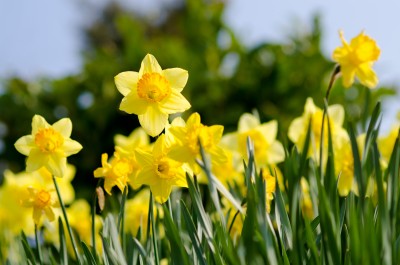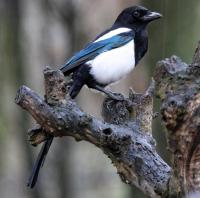- Home
- FAQs
- Customer Video Gallery
- Customer Photo Gallery
- Bird Facts
- Bird Food Blog
- Bird Information
- Feeding Advice
- Small Animal Information
- A to Z of Guinea Pigs
- A to Z of Hamsters
- A to Z of Rabbits
- Basic Care for Guinea Pigs
- Basic Care for Hamsters
- Basic Care for Rabbits
- Basic care for Chinchillas
- Basic care for Ferrets
- Basic care for Gerbils
- Basic care for Mice
- Basic care for Rats
- Buying a Healthy Small Animal
- Does your Reptile need a Licence
- Equipment for Ferrets
- Equipment for Hamsters
- Equipment for Mice
- Equipment for your Chinchilla
- Equipment for your Gerbil
- Equipment for your Guinea Pig
- Equipment for your Rabbit
- Keeping a House Rabbit
- Dog Information
- Cat Information
- Customer Information
- Fat Balls
- Suet Pellets
- Straights
- Seed Mixes
- Suet Treats
- Mealworms
- Bird Feeders
- My Account
The First Signs Of Spring
Date: 2013-04-12 12:49:44 | Category: Bird Watching | Author: Twootz Staff
After what has seemed like a very long and cold winter, signs that spring is finally arriving are visible; everything is growing and bursting into life, birds are singing, leaves are unfolding, butterflies are starting to be seen and mammals are beginning to wake from their winter sleep.The first whispers of new life are tentatively appearing, flooding the land with colour, form and scent; new leaves are budding on bare branches, crocus, daffodils and hyacinths are slowly blooming as the snow melts away.

Spring, like autumn, is a transitional season, where we make the chaotic change from winter to summer. As a result, it can provide a taste of summer, but often short, sharp reminders that winter still lurks close by.
One of the first signs of potential warmth is the sun rising a little higher in the sky, if you step out of the chilly shade and into the sunshine, you can begin to feel a little warmth - certainly a step in the right direction.
This season is a time of days getting longer and the spring sunshine bringing growth and greenery everywhere, birdsong reaches a peak and many flowers appear, in turn attracting insect-life, including bees and butterflies.
Animals which have hibernated over winter appear on the first warm days of spring so keep an eye out for hedgehogs, newly emerged queen bees, frogs, toads, and grass snakes.
Other animals such as squirrels become more active and are easier to spot. Millions of migrant birds arrive, with Chiffchaffs, Sand Martins and Wheatears amongst the first to appear in March. Other birds, such as; Swallows, Swifts, Cuckoos, Nightingales and many Warblers arrive slightly later in April and May.
Nature is at its most busy in Spring, every day brings changes, the sap is rising, and for many species finding a mate and successfully breeding is top priority.




